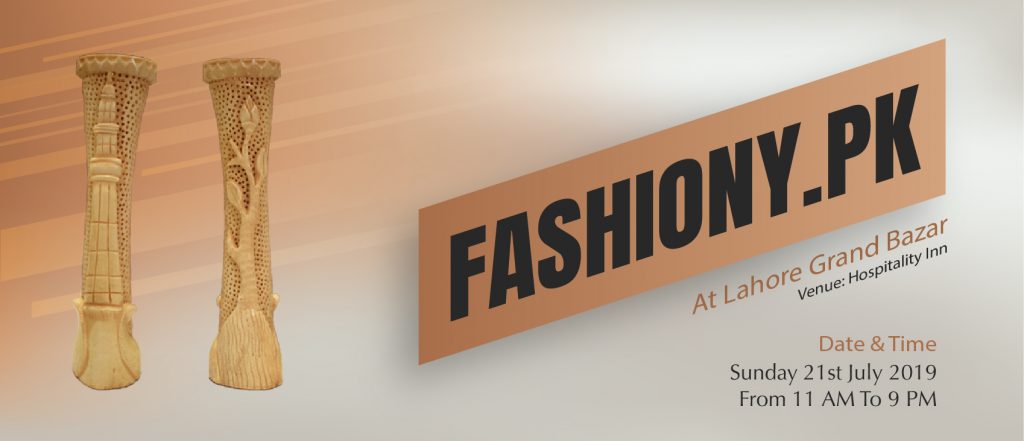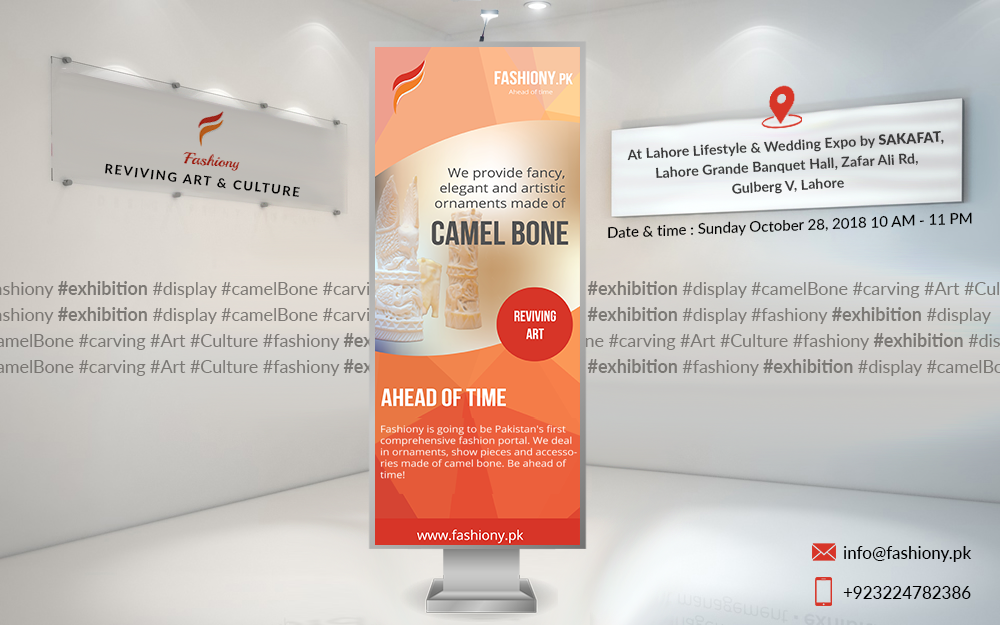A Master Artisan’s Crusade to Conserve the Dying Art of Camel Bone Craftsmanship
The craft of camel bone artistry is one of the most intricate art forms indigenous to India. A master artist is toiling hard to protect the art from the brink of extinction.
Understanding the intricate art of camel bone artistry demands stepping into a haze, covered with dust the colour of dirty snow. The sight that welcomes you is a large room full of young, enthusiastic artists, feverishly concentrating on their creation.
Their facial features are tough to decipher as they are covered in bone-dust from head to toe, like a uniform that wraps them in their identity of being harbingers of a dying art form—the intricate and beautiful camel bone handicrafts.

On one of its documentation trips, Project Kalayatra met award-winning master craftsman Zakir Hussain, who enlightened us on his crusade to protect this dying art form. An art conservationist, Hussain is an artist in true character. He is unabashed, honest, and his fingers carve out some of the most beautiful artifacts worked out of camel bone.
Hussain’s mentorship programme – involving young men who are encouraged to work with him and learn the art while they are awarded by a monthly stipend – has helped incredibly in preserving this art form. He has represented India in numerous art summits across the globe, and recently returned from one in Italy, having been sent there by the Indian government.
The mentorship programme, though Hussain’s brainchild, has got backing from the government too, though the battle has been far from easy.

Hussain speaks at length about the beauty of the craft, the zeal of the youngsters, the worries that plague them, and the help by the government, in all its honest truth. This is the story of these gifted craftsmen huddled together in the workshop near Hanuman Chowk, Jodhpur.
It is the tale of an art form Hussain is working relentlessly to preserve—the camel bone artistry from Rajasthan.

Camel Bone Artisans work with tremendous focus. The beauty of the art lies in its intricacy. The machines used in the craft are delicate, and equally dangerous, and include grinders and shapers. They are sharper than the sharpest knives.
The art demands determination, and also courage and good lungs. The camel bone dust can be asthmatic, and is not easy to work in. The artists work in these conditions for hours—sometimes almost 18-20 hours a day—creating the souvenirs.
The camel bone is collected from dead camels once the flesh has decomposed. The bones with the toughest structure—like the hip and legs—are the ones usually used for handicraft purpose. The bones are sent to the Nigam offices and sold under auction.
A chemical treatment makes the camel bones ready to be carved into designs of the artist’s choice.

Zakir Hussain was a trader before plunging into the art of camel bone design two decades ago. A craft he learned when young, Hussain has spent days with no sleep, working on intricate designs which need time, aesthetic ideas, and concentration. The master craftsman runs a mentorship programme that teaches young artists the engineering behind the art and then allows them to become independent artists.
With the migration of the younger generation to metros, abandoning their family craft, there was a period which was disastrous. But now, the art is thriving. Artists who have no history of bone crafting in their families too have found a reason to come and learn the trade.
The fight to get them recognition and impart meaning to their work, which also involved economic support, has been tough, and Hussain had to fight tooth and nail with the Indian Government for the same.

Months into the mentorship, the struggle paved way to a stipend that was due to all the apprentices. A blend of art and trade, this mentorship programme has seen dozens of camel bone artisans learning and turning independent. Hussain says, “I have seen a number of crafts at the brink of death in Rajasthan, and I make a point to speak about it during every summit or conference I attend. We have created a number of camel bone artefacts, which also include some sent as official record holders to New Delhi. What we need is a place to exhibit and sell these handicraft forms which is easily accessible to the public, locals and tourists alike.”
According to Hussain, the same idea inspired Shilpagram in Udaipur, yet the lack of accessibility and awareness defeats the purpose. He emphasizes that people also need to be aware that every craft demands the artist undergo a tremendous amount of hard work for its creation, and consumers need to respect and award that.
In the recent past, local guides from the Mehrangarh Fort – well-versed with the art forms – have been transferring the information to tourists, which in turn has helped various art forms.

There is huge demand for the craft internationally. Yet, there is tension regarding appreciation and economic independence from within, as is with any other art form in the country. If not addressed duly, this can lead to the death of many indigenous art forms from India in the coming decade. As Zakir Hussain rightly says, “The mentorship programme is a drop in the ocean, and the battle goes on.”
The master craftsman signs off with the hint of a question, but also with courage and confidence. The same courage and confidence lights up the faces of the young men sitting in the workshop. Bent over their designs, they protect and conserve a dying art form ceaselessly. Covered in camel bone dust, though their features remain flecked, these artists have turned heroes. They are an inspiration for those who are fighting this battle every day.
Originally Published at: The Better India




